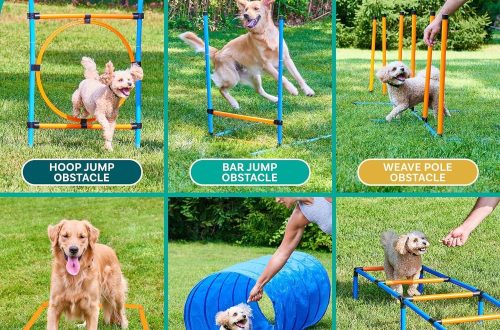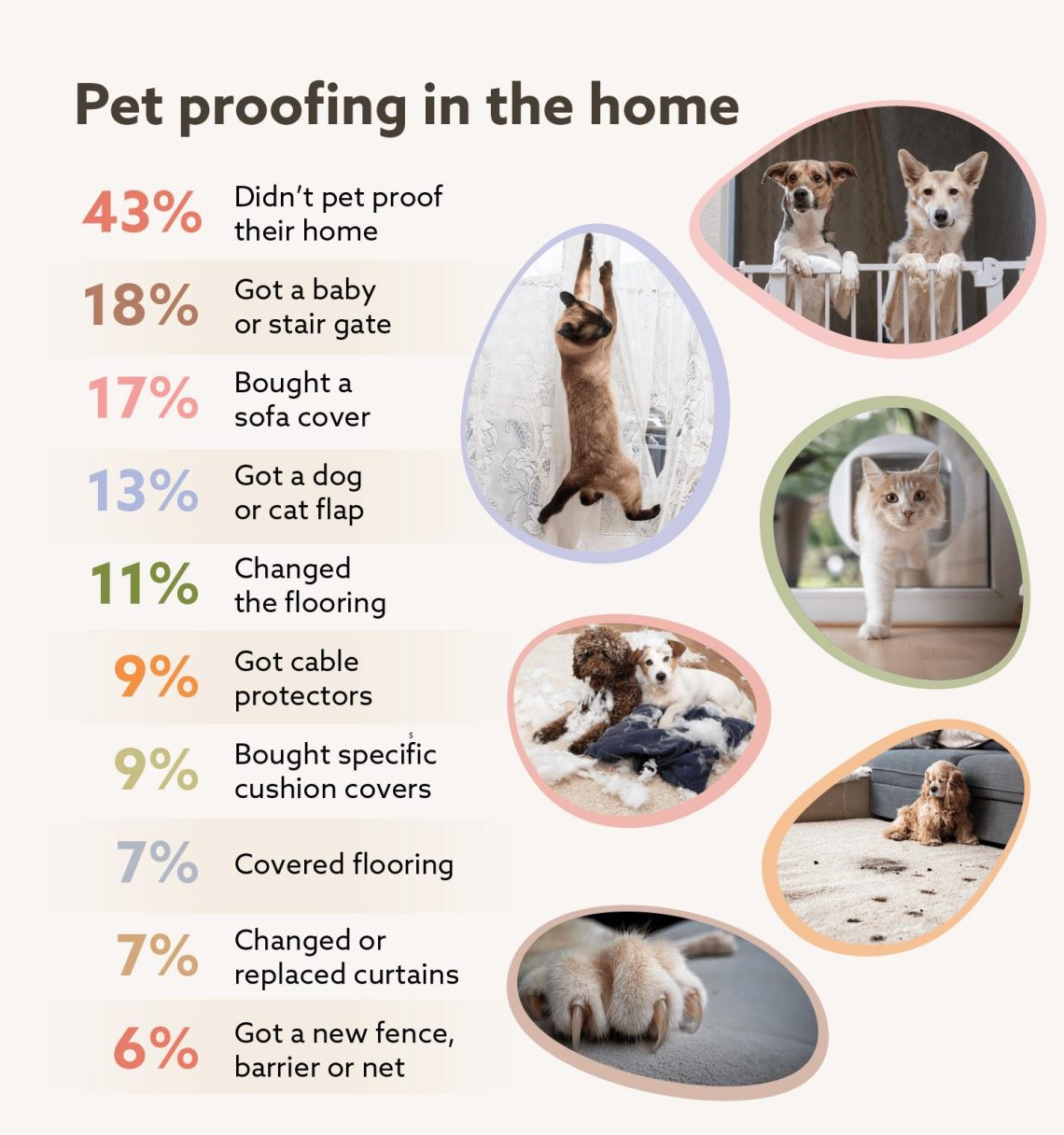
Creating a Safe Haven: Your Essential Guide to Pet-Proofing
Creating a Safe Haven: Your Essential Guide to Pet-Proofing
Welcoming a furry friend into your home is a joyous occasion,but it also brings with it a wealth of responsibilities. As playful paws patter across your floors and curious noses explore every nook and cranny, teh need for a secure surroundings becomes paramount. From mischievous kittens to adventurous puppies, our pets thrive in settings that allow them to roam freely—yet safely. In this essential guide to pet-proofing, we’ll walk you through the vital steps to transform your home into a sanctuary that nurtures their playful spirit while keeping them out of harm’s way. Whether you’re a seasoned pet owner or a first-time adopter, our tips and tricks will help you create a harmonious space where both you and your beloved companion can coexist happily and healthily.
Table of Contents
- Understanding Your Pet’s Natural curiosity and behavior
- Assessing Your Home: Identifying Potential Hazards
- Essential Tips for Securing Common Danger Zones
- Choosing Safe Materials and Products for a Pet-Friendly Environment
- In Retrospect
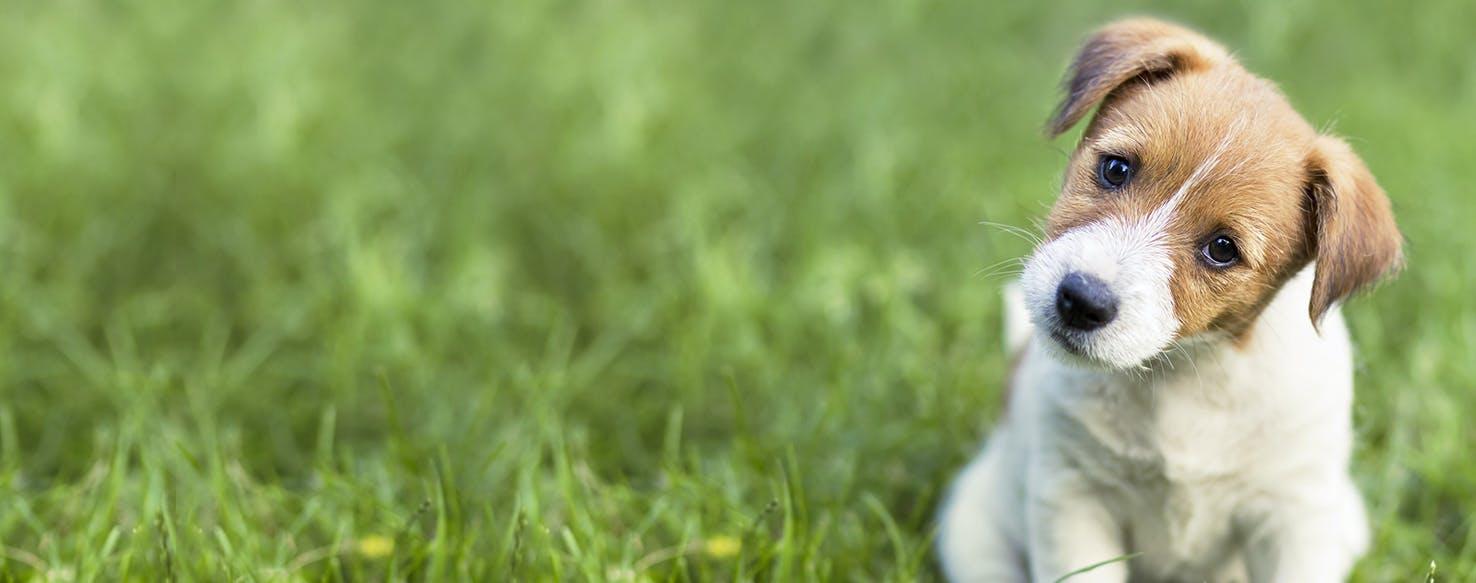
Understanding Your Pet’s Natural Curiosity and Behavior
Every pet is a bundle of energy and curiosity, driven by instinct and a desire to explore their environment.This natural inclination often leads them into situations that may be hazardous,making it essential to create a space where they can interact freely while staying safe. Understanding the various ways your pet engages with their surroundings can help you identify potential risks. Consider things like:
- Chewing habits: Pets often chew on objects, which can pose choking hazards or expose them to toxic materials.
- climbing tendencies: Cats, in particular, love to climb surfaces that might not be secure.
- curiosity with food: Pets may explore counters or tables, getting into human food that can be harmful.
To effectively pet-proof your home, observe your furry friends in action. Note patterns that may indicate their natural behaviors, allowing you to anticipate and mitigate risks. For example, you might wish to invest in:
| Products | Purpose |
| Baby gates | Block off areas that are off-limits. |
| Secure trash cans | Prevent access to hazardous materials. |
| Toxic plant lists | Know which plants are harmful to keep your space safe. |
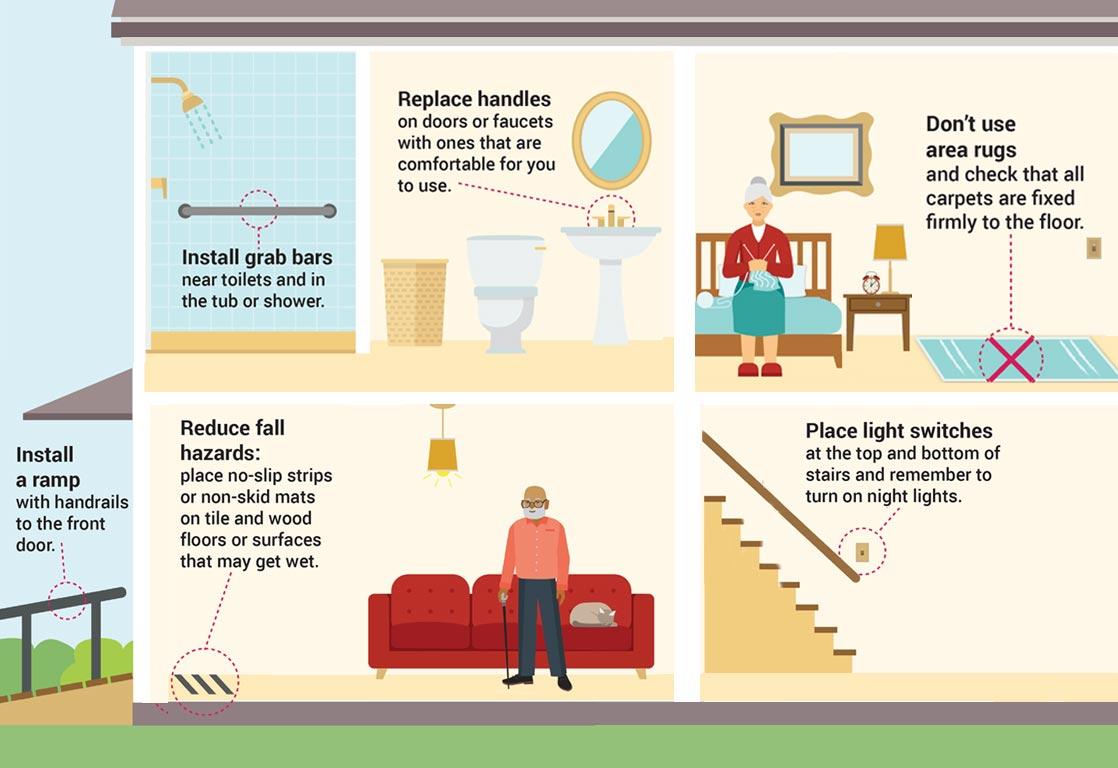
Assessing Your Home: Identifying Potential hazards
When transforming your home into a pet-friendly sanctuary, it’s essential to take a thorough inventory of potential hazards lurking around your space. Start with common household items that can pose a threat to your furry companions. Consider the following:
- Chemicals: Cleaning agents, antifreeze, and other toxic substances can be hazardous if ingested.
- Electrical cords: Exposed wires can be tempting for pets to chew on, leading to hazardous shocks.
- Small Objects: items like coins, buttons, or small toys can be choking hazards if swallowed.
- Houseplants: Many indoor plants are toxic to pets. Familiarize yourself with which ones to avoid.
Next, evaluate your space for structural dangers that may arise from your pet’s natural curiosity. Maintain awareness of:
- stairs: Install gates to prevent falls and limit access.
- Windows: ensure screens are secure to prevent escapes or injuries from falls.
- Unsecured Furniture: Heavy objects should be anchored to prevent tipping, especially if your pet could climb.
- Outdoor Areas: Check fences and barriers to ensure they’re intact and prevent unwanted escapes.

Essential Tips for Securing Common Danger Zones
When creating a safe environment for your furry friends, it’s crucial to identify and secure areas that pose a potential threat. Kitchens and utility rooms are often bustling with activity and hazardous materials, making them prime danger zones. Ensure all cleaning supplies and chemicals are stored in high cabinets with childproof locks. Similarly, keep food items, especially those toxic to pets like chocolate or certain fruits, out of reach. To further enhance safety, consider using safety gates to limit your pet’s access to these areas during peak cooking or cleaning times.
Another common hotspot for accidents is the living room, where furniture, cords, and small items can become perilous to an inquisitive pet. Secure loose electrical cords using cable management solutions or cord covers, preventing your pet from biting or tangling in them. Additionally, it’s wise to keep lightweight objects such as decorative items or children’s toys out of reach. To help visualize potential hazards, here’s a simple table that outlines common living room dangers and recommended solutions:
| Danger Zone | Potential Hazard | Safety Tip |
|---|---|---|
| Cords | Chewing and tripping | use cord covers or management sleeves |
| Small objects | Choking hazard | Store away from pet’s reach |
| Furniture edges | Injury from bumping | Use corner protectors |
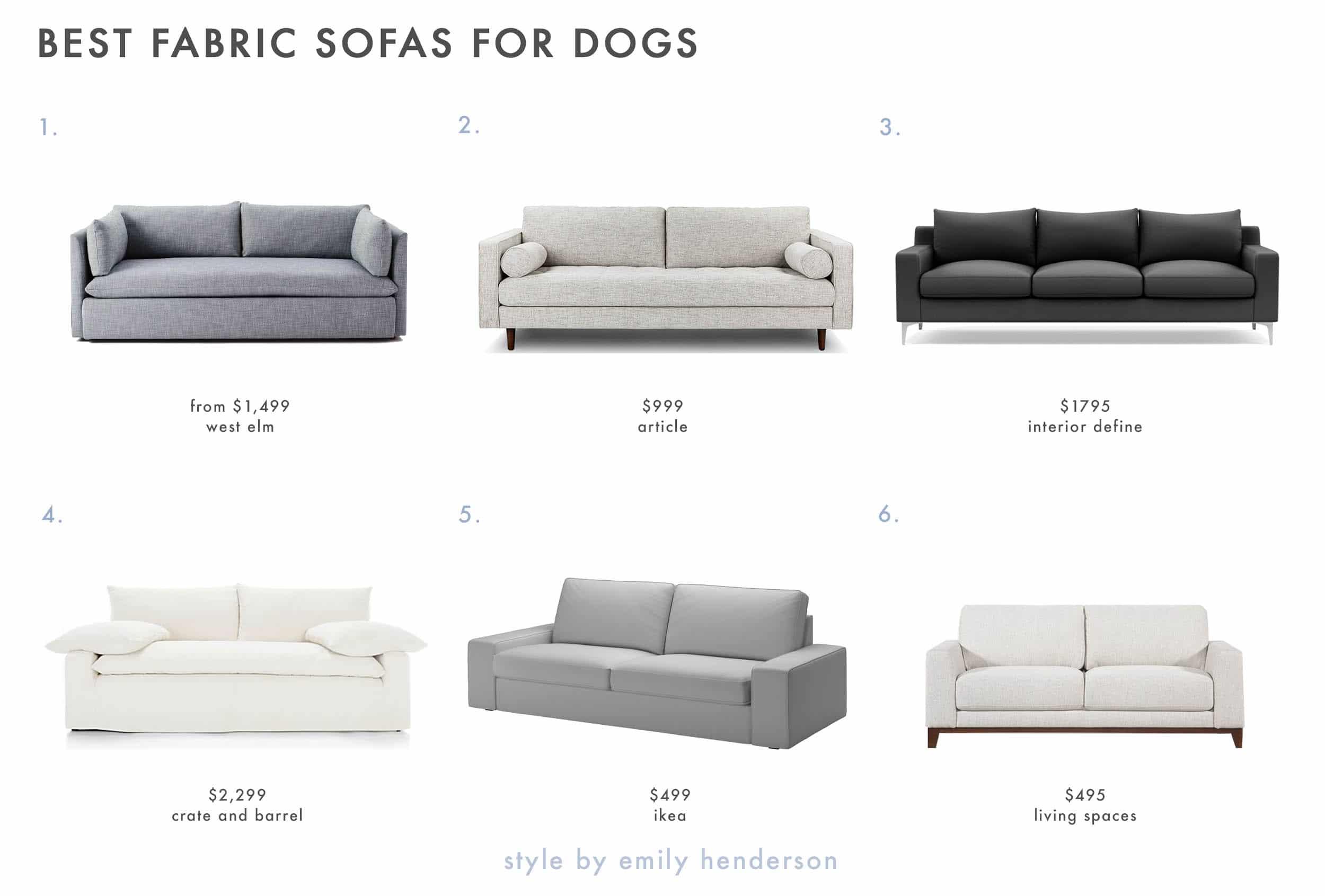
Choosing Safe Materials and Products for a Pet-Friendly Environment
Creating a safe environment for your furry friends starts with choosing non-toxic materials and products. When selecting items for your home, consider those that are labeled as pet-friendly, which frequently enough means they are free from harmful chemicals such as heavy metals, volatile organic compounds (VOCs), and phthalates. Make sure to check for alternative materials in your furnishings and decorations. As an example, opt for natural fibers like cotton or jute instead of synthetic blends that may emit dangerous fumes. Always look for the following in your purchases:
- Low-VOC paints for interior walls and furniture.
- Biodegradable cleaning supplies to avoid harmful residues.
- Natural pet-friendly fabrics for bedding and upholstery.
- Non-toxic plants to enhance your home decor without risking your pet’s health.
Additionally, the choice of toys and accessories deserves special attention. Select products that are made from safe, durable materials to withstand your pet’s playtime antics. Avoid items with small parts that could pose a choking hazard or those with sharp edges. Rather, focus on finding toys that are constructed from natural rubber, organic cotton, or hemp.Below is a simple comparison table to guide you in your choices:
| Material | Benefits | risks |
|---|---|---|
| Natural Rubber | Durable and chew-resistant | May contain allergens |
| Organic Cotton | Soft and safe for chewing | Less durable than synthetic options |
| Hemp | Resistant to mold and bacteria | Limited availability |
In Retrospect
As we close the chapter on creating a safe haven for our beloved pets, remember that a little preparation goes a long way. By taking the time to pet-proof your space, you are not only ensuring their safety but also enriching the joyful bond you share. From securing hazardous items to designing an engaging environment,your efforts will help cultivate a home where curiosity can thrive without worry.Embrace this journey as an evolving process—continually adapting your strategies as your pet grows and learns. After all, every wag, purr, and playful bounce is a reminder of the trust you’ve built. With your heart in the right place and these essential tips in hand, you’re well on your way to providing your furry companions with a sanctuary where they can feel truly at home. Here’s to many happy, safe adventures ahead!



